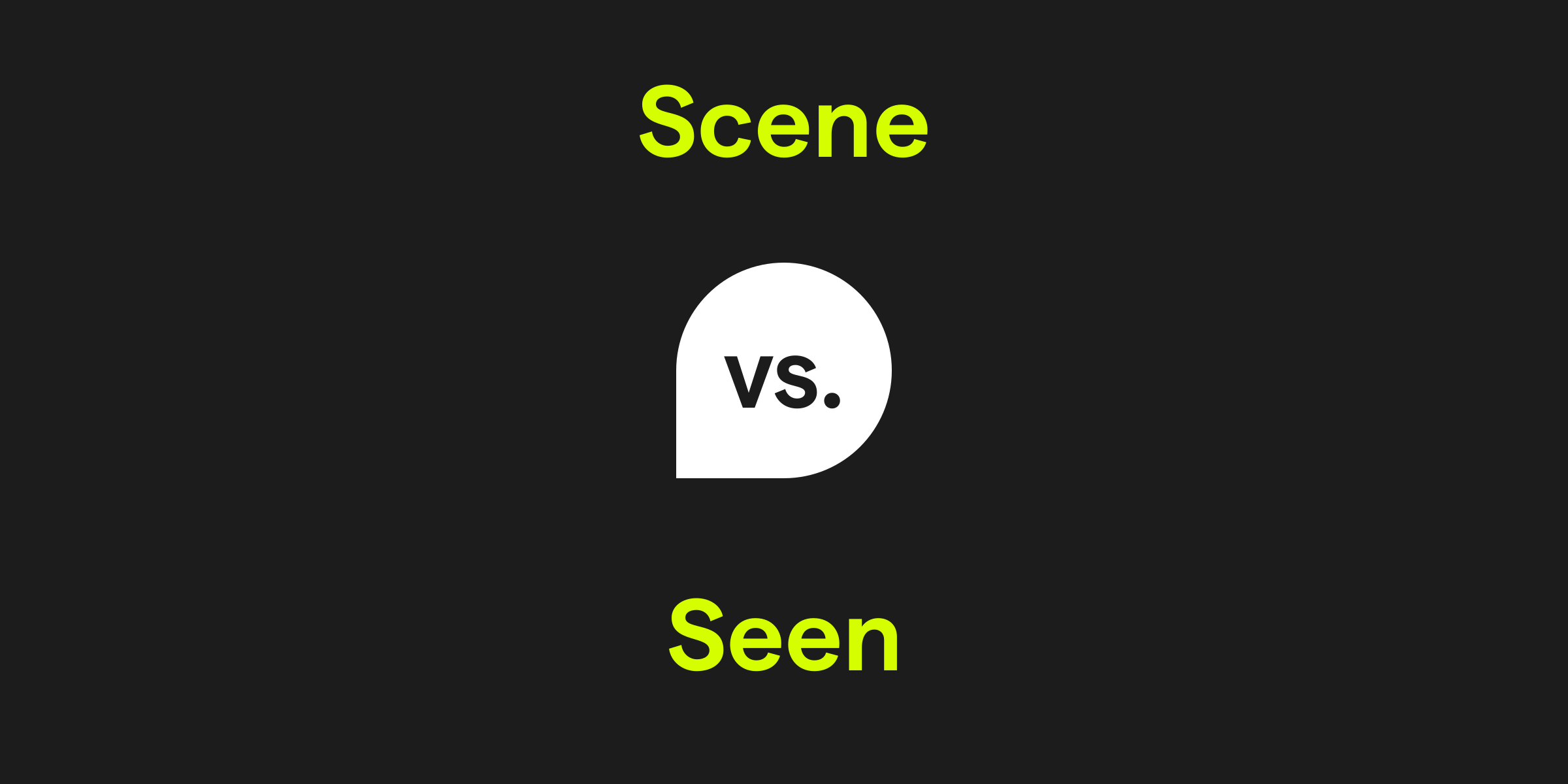Scene vs. Seen: What's the Difference?
The words scene and seen are homophones, meaning they sound the same but have different meanings and spellings. Scene is a noun that refers to a place where an incident occurs or is a part of a play or film, while seen is the past participle of the verb 'see', which means to perceive with the eyes. One captures visual experiences, the other describes a location or setting.

How do you use the word scene in a sentence?
The word scene is typically used to describe a visual setting or environment, especially as part of a narrative in a book, movie, or play. It can also be used to depict a real-life situation or incident, conveying its surroundings and the events occurring within them. Scene is often employed in creative works to build imagery and context.
Examples of scene in a sentence
- The movie's opening scene sets the tone for the entire story.
- Detectives arrived at the crime scene to collect evidence.
- Artists often seek out beautiful landscapes to capture the perfect scene on canvas.
How do you use the word seen in a sentence?
Seen is used to indicate that someone or something has been observed or noticed, typically with the eyes, at some point in the past. It is the past participle of 'see' and is generally used with helping verbs to form perfect tenses. Describing experiences or encounters, seen is used to communicate visual perception.
Examples of seen in a sentence
- Have you seen the latest episode of the TV show?
- She thought she'd seen a ghost in the hallway.
- The images we've seen from the telescope are remarkable.
Scene and seen definition, parts of speech, and pronunciation
Scene definition:
A scene is a noun that refers to a specific place where an event takes place or is set within a book, movie, or play. It can also represent a sequence of events in a story or a subdivision of an act in a theatrical performance.
Scene parts of speech:
Scene is pronounced as /siːn/, with a long 'e' sound.
Seen definition:
'Seen' is the past participle of the verb 'see' and is used to describe encountering or perceiving something with the eyes, often used in various perfect tenses in conjunction with helping verbs.
Seen parts of speech:
Seen is pronounced as /siːn/, identical to 'scene' but contextually different in usage.
A scene is a noun that refers to a specific place where an event takes place or is set within a book, movie, or play. It can also represent a sequence of events in a story or a subdivision of an act in a theatrical performance.
Scene parts of speech:
- The closing scene of the play left the audience in tears.
- A scene from her favorite book was vividly described.
Scene is pronounced as /siːn/, with a long 'e' sound.
Seen definition:
'Seen' is the past participle of the verb 'see' and is used to describe encountering or perceiving something with the eyes, often used in various perfect tenses in conjunction with helping verbs.
Seen parts of speech:
- The wonders of the world must be seen to be believed.
- They have seen a significant increase in productivity.
Seen is pronounced as /siːn/, identical to 'scene' but contextually different in usage.
Scene vs. seen in a nutshell
While scene and seen are phonetically identical, their meanings diverge significantly. Scene paints a picture of a location or segment of narrative, possessing the tangibility of setting or incident. Conversely, seen is tied to the act of perception, an experience designated to the past. In speech, context cues provide clarity, but in writing, their distinct spellings convey their unique roles within language.
Get AI Writing Assistance Wherever You Type
Make sure your vocabulary is on point and every punctuation mark is in the right place, no matter where you’re working. Grammarly works across more than 1 million websites and apps so you can improve your writing without copying, pasting, or breaking focus.

More Commonly Confused Words
Interest piqued? Pore (not pour) over other commonly confused words to help your writing reach peak (not peek) performance.